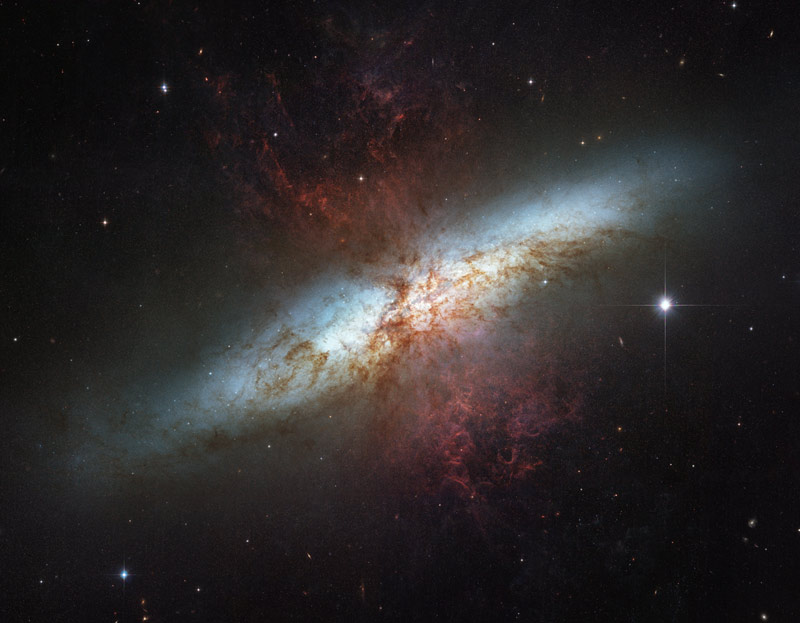White Dwarf Explosions and Medium Black Holes
Here on Earth death usually means the end but in space, stars can have quite the interesting afterlives, and stellar corpses can even interact. The fact that stellar remnants interact is nothing new, however a new theory based on observations and computer simulations may explain a new type of supernova and help end a debate about black holes. First, let me lay out a little background.
A white dwarf is the stellar remnant of a low mass star. A star of about 2 or less solar masses will die in what is called planetary nebulae and leave behind a white dwarf. They are small dense objects about the size of earth with the mass of the sun that have an inert carbon core and are no longer do nuclear burning. For higher mass stars they die in what is called a supernova, a massive explosion where the star blows off its outer layers and leaves behind a neutron star, or if massive enough a black hole. Now there are two different kinds of supernova explosions. One is what I just mentioned, when a high mass star explodes. The other kind is when a white dwarf has a companion star. The white dwarf collects, or accretes, matter from its companion star. Once it reaches high enough mass the surface of the white dwarf reignites nuclear burning eventually then exploding in a supernova. Each one of these kinds of supernovae has a very different light signature, or spectrum.
A new paper was published describing a new way of igniting a white dwarf and a new type of supernova. In this new process a white dwarf wanders too close to a black hole. The strong gravity of the black hole causes tidal disruption in the white dwarf, it pulls and flattens the white dwarf into a pancake shake, and this compresses the star’s material reigniting nuclear burning. As each section of the star is squeezed through a point of maximum compression, the extreme pressure causes a sharp increase in temperatures, which triggers explosive burning. The explosion ejects half the material from the star while the rest falls into the black hole. This in-falling material heats up and gives off x-rays. So this supernova should have a different spectrum and be followed up by a glow of x-rays.
Now the interesting thing is this process would only be possible with a black hole of a particular mass, neither too big nor too small. It would have to be between 500 to 1000 solar masses. Theoretically and observationally we only know of small black holes, several solar masses, or super massive ones on the order of millions of solar masses. So proof of this process would mean there are intermediate mass black holes, which would beg the question of where do these black holes come from?
These types of supernova are thought to be 100 times less frequent than the other types of supernova. The Synoptic Survey Telescope, planned for 2013, will be observing hundreds of supernova per year. So far this new process between white dwarfs and black holes has been successfully modeled with computer simulations, but hopefully with this new telescope we will be able to observe the spectrum of these supernova. This would provide proof for this theory, answer some questions, and lead to some new ones.
Tags: black hole, planetary nebulae, solar mass, supernova, synoptic survey telescope, white dwarf
